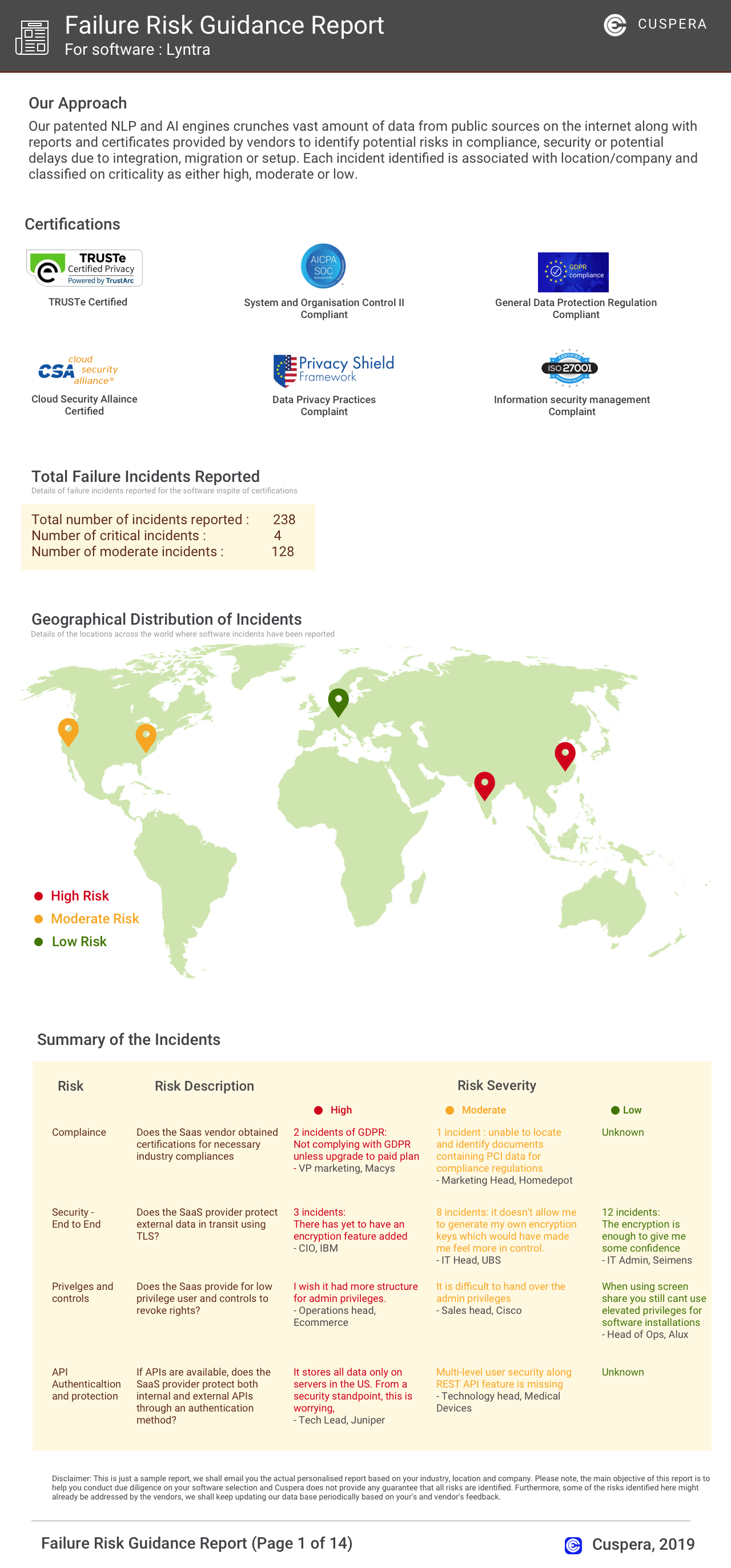Overview: ASAP Systems Asset Tracking and Zafin as Revenue Management Category solutions.
In the realm of revenue management, ASAP Systems Asset Tracking offers a comprehensive suite of features tailored to large enterprises primarily in IT and government sectors. It excels in customer acquisition with robust support options. Meanwhile, Zafin is adept for mid-market banking clients, focusing on product management and market expansion. Each product caters to distinct operational environments, aligning with their respective industry needs.
ASAP Systems Asset Tracking: ASAP Systems' asset tracking software offers top-ranked asset management for organizations of any size or industry. It efficiently tackles diverse asset tracking challenges.
Zafin: Zafin offers a cloud-native SaaS platform for managing pricing and billing products in banking. Customer experiences are elevated through Zafin's transformative technology.
ASAP Systems Asset Tracking and Zafin: Best Use cases based on the customer satisfaction data
Key Capabilities Supported
ASAP Systems Asset Tracking strengthens social media analytics and workflow management, beneficial for streamlining communication and operations. It aligns with needs in tech-focused industries. read more →
Zafin enhances products & pricelist management, rating and review management, fitting for customer-centric and dynamic markets like banking. read more →
Business Goals
ASAP Systems Asset Tracking focuses on customer acquisition and scaling best practices, aligning with growth strategies in tech sectors. read more →
Zafin supports enhancing customer relationships and entering new markets, appealing for banks looking to broaden their market reach. read more →
Core Features
ASAP Systems Asset Tracking features top-notch integration and custom reporting, providing valuable insights and seamless data handling for large enterprises. read more →
Zafin offers extensive data import capabilities and compliance features, crucial for banking industries demanding secure and regulated environments. read more →
Vendor Support
ASAP Systems Asset Tracking is backed by 24/7 support and diverse channels like email and phone, essential for continuous operations in large enterprises. read more →
Zafin provides 24/7 support too, yet it relies heavily on email and phone, aligning with mid-market needs. read more →
Segments and Industries
ASAP Systems Asset Tracking serves large enterprises and the IT sector, offering reliable solutions tailored to high-demand environments. read more →
Zafin caters predominantly to the banking sector, making it suitable for financial services seeking specialized solutions. read more →
Operational Alignment
ASAP Systems Asset Tracking integrates well with large-scale operations, focusing on data security, integration, and analytics to support complex workflows. read more →
Zafin fits mid-market needs with its product management focus, helping banks efficiently manage their offerings and customer interactions. read more →
Failure Risk Guidance?
Compliance Risk
{{{rsh_C_1}}}
{{{rsh_C_1}}}
Security & Privacy Risk
{{{rsh_C_1}}}
{{{rsh_C_1}}}
Integration Risk
{{{rsh_C_1}}}
{{{rsh_C_1}}}
Migration Risk
{{{rsh_C_1}}}
{{{rsh_C_1}}}
IT and Other Capabilities
- Low
- Medium
- High
Data
Support
Others
ASAP Systems Asset Tracking in Action: Unique Use Cases
What solutions does ASAP Systems Asset Tracking provide for Workflow Management?
How can ASAP Systems Asset Tracking enhance your Forecasting process?
Zafin in Action: Unique Use Cases
What benefits does Zafin offer for Products & Pricelist Management?
What benefits does Zafin offer for Product Marketing?
How does Zafin facilitate Loyalty Management?
News
Latest ASAP Systems Asset Tracking News
Authorization: The Newest Inventory and Asset Tracking Feature
The post Authorization: The Newest Inventory and Asset Tracking Feature appeared first on Inventory System and Asset Tracking Solution.
Latest Zafin News
Zafin Introduces IO Canvas, a Low-Code Builder, to Redefine Data Integration for Financial ...
Zafin launches IO Canvas, a low-code tool, to simplify data integration for banks, enhancing core modernization and reducing financial risks.






